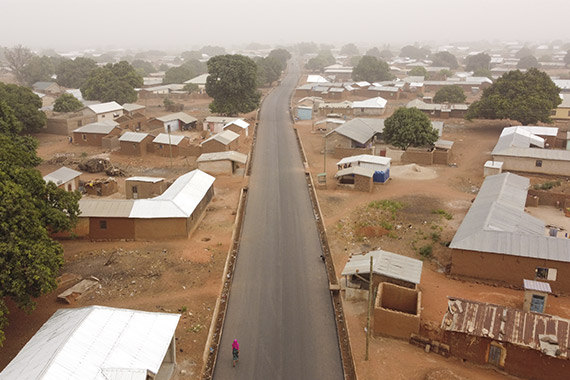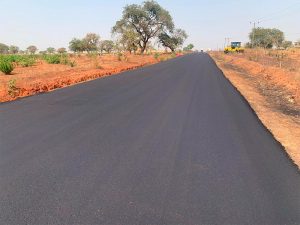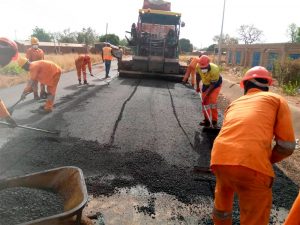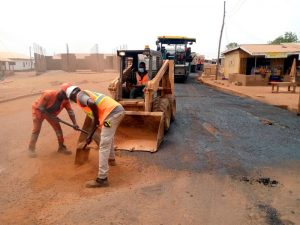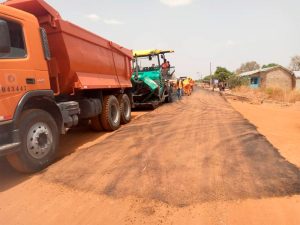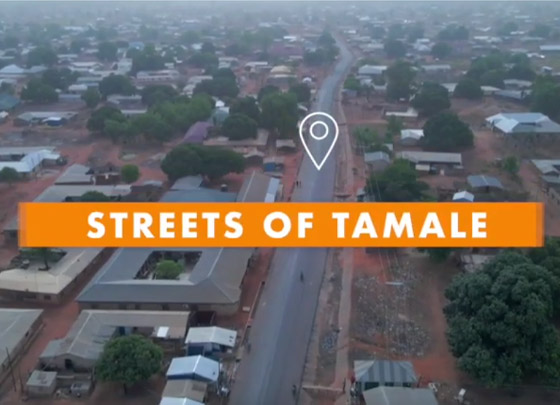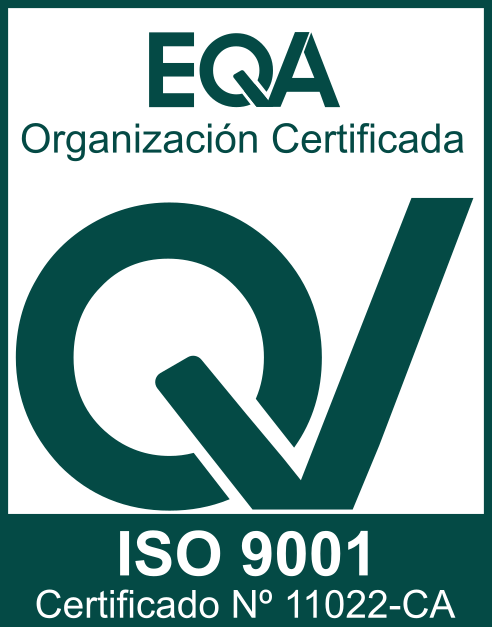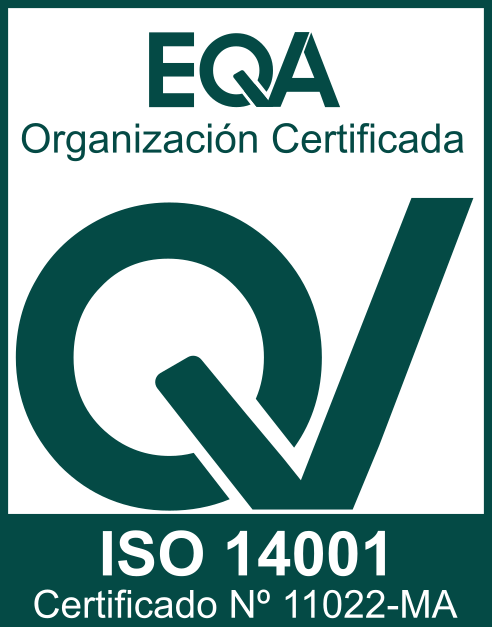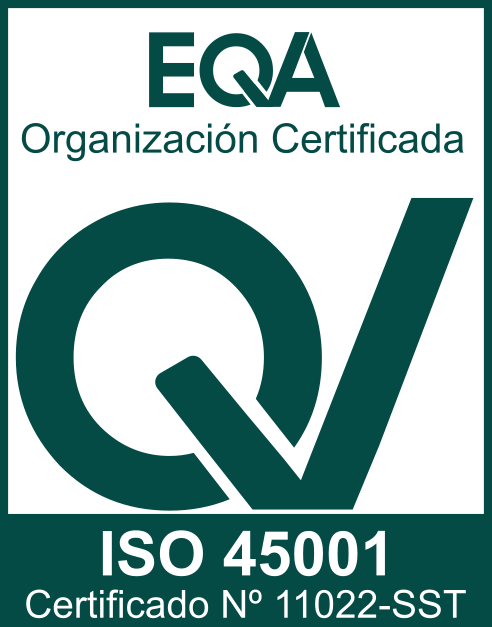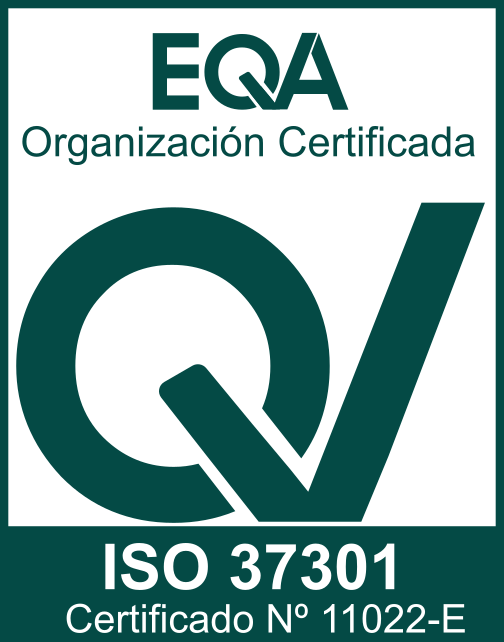MIRAMA KIKAGATI
UGANDA
Project justification
The Mirama Kikagati project involves the construction of a transmission line between the cities of Mirama, Kikagati and Nsongezi, located in the south of Uganda. In total, the project comprised 37 km of transmission line (132 Kv), besides the construction of associated substations. After completion, the project will benefit to the evacuation of energy generated in the Kikagati and Nsongenzi power stations, will contribute to the economy of the southern region of Uganda thanks to the construction of an adequate, safe and reliable electricity infrastructure, as well as will reduct poverty due to the supply of medium and low voltage electricity networks.
QGMI scope of work includes the following:
- Construction of 37.3km transmission line between Mirama-Kikagati-Nsongezi.
- Construction of the 132/33kV Nsongezi substation, including civil works and supply of equipment.
- Expansion of the existing Mirama 132kV Substation, including civil works and supply of equipment.
- Updating of the telecommunications system of 4 peripheral substations.
The Project will be developed in line with international standards (IFC Performance Standards, World Bank EHS Guidelines, OECD Common Approaches) and national regulations.
